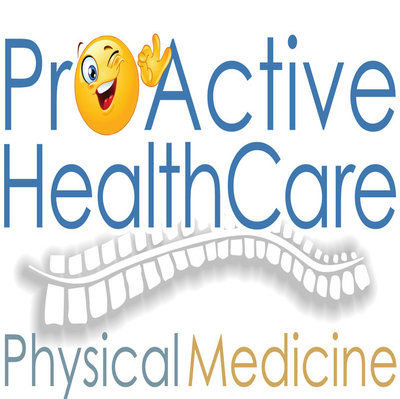
Suffering from Knee Pain & No Therapies Seem to Work?
Just treating only the site of pain including the knee is crazy and seldomly gives long-lasting results you want.
It’s not always the area that screams the loudest that we need to be focusing on. Pain actually doesn’t tell you the whole story. It only tells you there is a problem, it does not tell you what it is. It’s simply an effective way for your body to tell you it doesn’t like something.
Pain is a request for change. A change in your habits. How you move is a powerful way to do just that.
The knee is a stability joint - As far as joints go, the knee is just a hinge for the ankle and hip. It only does what the foot will allow and the hip can control. If you have knee pain you should look above and below it for some issues.
Everything is connected and everything matters. The knee should mostly just flex and extend, but with a lack of mobility in the ankle and hip, it starts to be pressured into moving in unstable directions.
3 Common Causes of Knee Pain
- Tight or weak psoas muscles
- Fibular bone subluxation
- Ankle hypomobility (restricted movement)
Testing the PsoaI Muscles
Weak psoai
When you are unstable in the only muscle that crosses three zones (Lumbar spine, pelvis, hip) you can’t generate force well. Arms and legs are meant to amplify force not generate. When you can’t generate efficiently in the center you generate more from the periphery. Knees don’t like that. Tight Psoai are often weak Psoai. More often than not they don’t get enough strength work.
If you can’t hold your leg up in the air for 30 seconds it’s probably weak. If it shakes when you hold it up there it’s weak.
Fibular head jamming
If the top of the fibula gets stuck the knee pays the price. Often you have a weak distal hamstring and an overactive peroneal complex and popliteus muscle.
The top of the fibula many times gets stuck up and back. Touch behind the fibular head and see if it’s tender. If so it’s probably stuck and not happy
A simple test you can do is bend one knee at a time over the ankle and you should be able to have the knee go at least 4 inches past the toes without pain.
How to test the ankle instability and hamstring strength is shown in the video. You will need a helper to test. Have athlete lay on the floor face down with arms under the chin. Brace just above the ankle and have them bend the knee just before 90 degrees. The tester will then try and bring the leg down while the athlete tries to bring the heel to the butt.
Simple mobility exercises can reduce knee pain
Here are some other classic examples:
Restricted big toe extension
Just like the restriction in the ankle, if the big toe is not mobile the bottoms of the foot will not be stable. This is why many people develop flat feet and plantar fasciitis. When you can’t extend adequately in the big toe (65 degrees is the sweet spot) you lose the ability to efficiently hip extend and more impact is placed on the knee.
Loss of mobility in the hip
Decreased hip extension and internal rotation lead to more force being transmitted through the knee. The femur and tibia cannot dissociate efficiently. Get more motion in the hip and it helps the knee.
Loss of stability in the hip
Lack of mobility control in the hip can lead to the knee taking a beating. Every step is pounding on the knee joint. Doing some good old-fashioned half-kneeling work can begin to help.
We will discuss these conditions in other videos.
If you would like to get future videos, please give us your email
Call Today (651) 778-0080 or stop in for a free consultation & we can show you exercises to help with knee pain.




